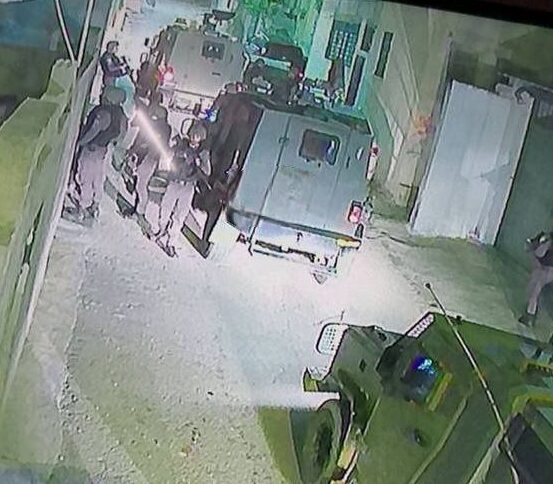There's reason to hope that the ceasefire between Hamas and Israel will lead to an easing of Israel's suffocating economic blockade of Gaza. The ceasefire text said that "opening the crossings and facilitating the movements of people and transfer of goods... shall be dealt with after 24 hours from the start of the ceasefire." But, more than 100 hours later, we're still waiting for word of actual progress.
Meanwhile, if you're wondering where to turn for background information about the blockade, I have this guidance: stay as far away from mainstream media as possible.
Sadly typical of the way the MSM covers the issue is a recent New York Times piece about the ceasefire by David Kirkpatrick and Jodi Rudoren (both of whom have done excellent work on other issues in the region). The piece described the blockade as "Israel's tight restrictions on the border crossings into Gaza under a seven-year-old embargo imposed to thwart Hamas from arming itself."
Putting it this way is a real time saver, not just because it fits into a single short sentence, but because, if you're too busy to actually write that sentence, the Israeli government's press office would be happy to do it for you. But this description of the blockade raises a question:
If the essential purpose of the blockade were indeed to "thwart Hamas from arming itself," wouldn't restrictions on imports into Gaza suffice? (And even then the import restrictions wouldn't have to be as draconian as they were when imposed, or even as tight as they are now, after some loosening.) What I'd like to see an enterprising MSM reporter ask is: How do Israel's severe restrictions on Gazan exports keep arms from getting to Hamas?
TVNL Comment: Follow up article by Andrew Sullivan is a must read!





 Israeli forces clashed Tuesday with students during a raid at Birzeit University, north of Ramallah in...
Israeli forces clashed Tuesday with students during a raid at Birzeit University, north of Ramallah in... Israeli occupation forces carried out a series of invasions, abductions, and movement restrictions across the occupied...
Israeli occupation forces carried out a series of invasions, abductions, and movement restrictions across the occupied... The Department of Homeland Security has launched an immigration and fraud crackdown in Minneapolis amid a...
The Department of Homeland Security has launched an immigration and fraud crackdown in Minneapolis amid a... Thousands of tents supplied by China, Egypt and Saudi Arabia to shelter displaced Palestinians in Gaza...
Thousands of tents supplied by China, Egypt and Saudi Arabia to shelter displaced Palestinians in Gaza...






























